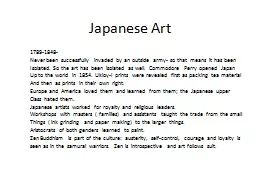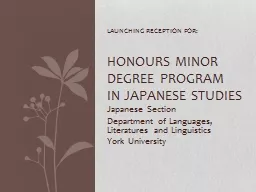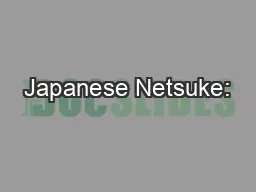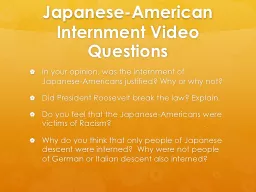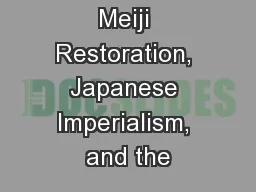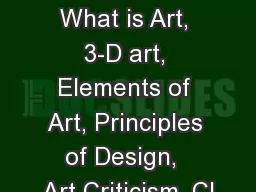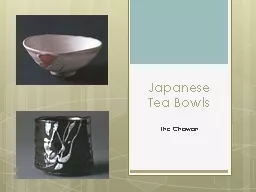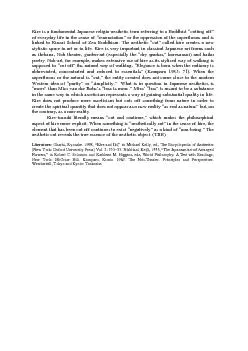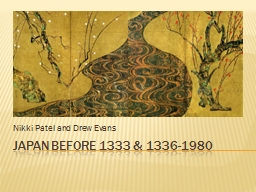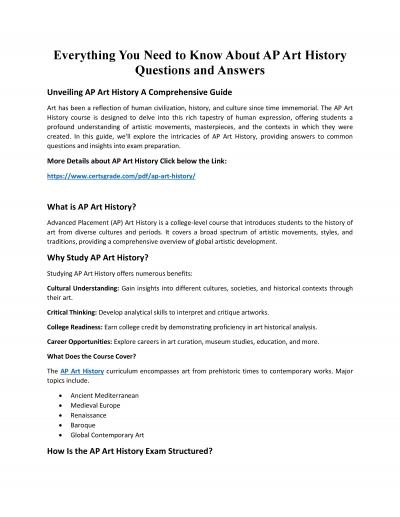PPT-Japanese Art
Author : ellena-manuel | Published Date : 2016-10-08
17891848 Never been successfully invaded by an outside army so that means it has been Isolated So the art has been isolated as well Commodore Perry opened Japan
Presentation Embed Code
Download Presentation
Download Presentation The PPT/PDF document "Japanese Art" is the property of its rightful owner. Permission is granted to download and print the materials on this website for personal, non-commercial use only, and to display it on your personal computer provided you do not modify the materials and that you retain all copyright notices contained in the materials. By downloading content from our website, you accept the terms of this agreement.
Japanese Art: Transcript
Download Rules Of Document
"Japanese Art"The content belongs to its owner. You may download and print it for personal use, without modification, and keep all copyright notices. By downloading, you agree to these terms.
Related Documents

